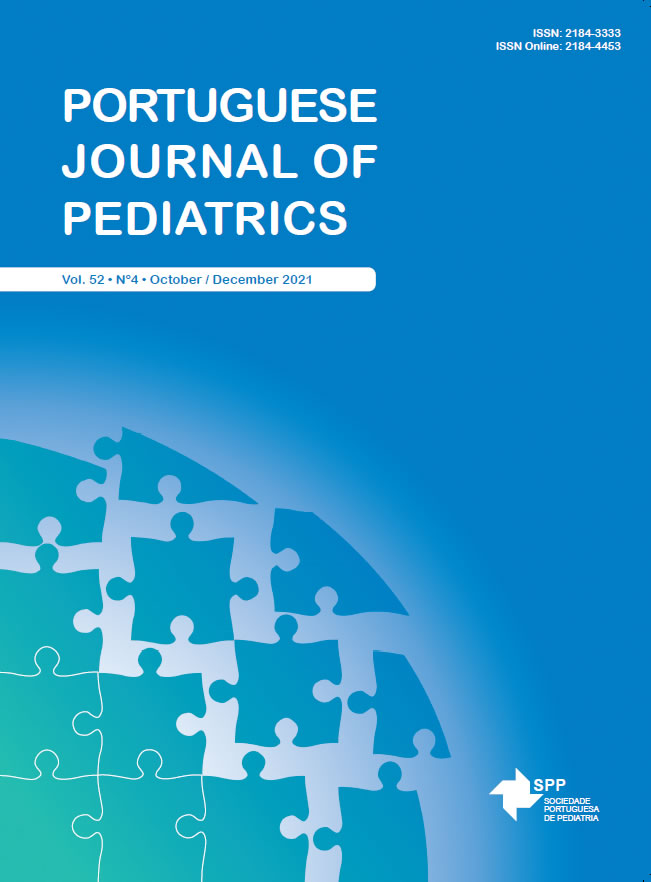Rhinitis Prevalence and Nasal Respiratory Function of Children and Adolescents with Sickle Cell Disease
Date of submission: 10-11-2020 | Date of acceptance: 28-04-2021 | Published: 03-10-2021
DOI:
https://doi.org/10.25754/pjp.2021.21467Abstract
Background: Sickle cell disease (SCD) is the most frequent of the hereditary hemoglobinopathies and presents significant morbimortality. Upper respiratory obstruction is a common clinical manifestation in these patients.
Objective: To quantify the prevalence of allergic rhinitis (AR) and evaluate nasal respiratory function in children and adolescents with SCD.
Methods: A cross-sectional study was carried out in a reputable Brazilian blood center between July and October 2017. Patients aged between 6 and 18 years with a diagnosis of SCD were included. Measurements for peak nasal inspiratory flow (PNIF), visual analogue scale (VAS) and rhinomanometry were taken.
Results: AR was confirmed in 37.4% of the 99-patient sample. Approximately 70% of patients with sickle cell disease and allergic rhinitis were not treated for rhinitis and several were unaware of their diagnosis. Means of 96.6 ± 34.3% of the PNIF predicted value and 0.35 ± 0.21 (Pa / cm3 / s) for rhinomanometry were found. Mean VAS was 4.9 ± 3.2.
Conclusion: This study showed a high prevalence of AR in patients with SCD, in addition to significant PNIF and rhinomanometry alterations. Considering the severity of these patients, it is expected that the recognition and treatment of AR will contribute to improved quality of life.
Downloads
Downloads
Published
Issue
Section
License

This work is licensed under a Creative Commons Attribution-NonCommercial-NoDerivatives 4.0 International License.









